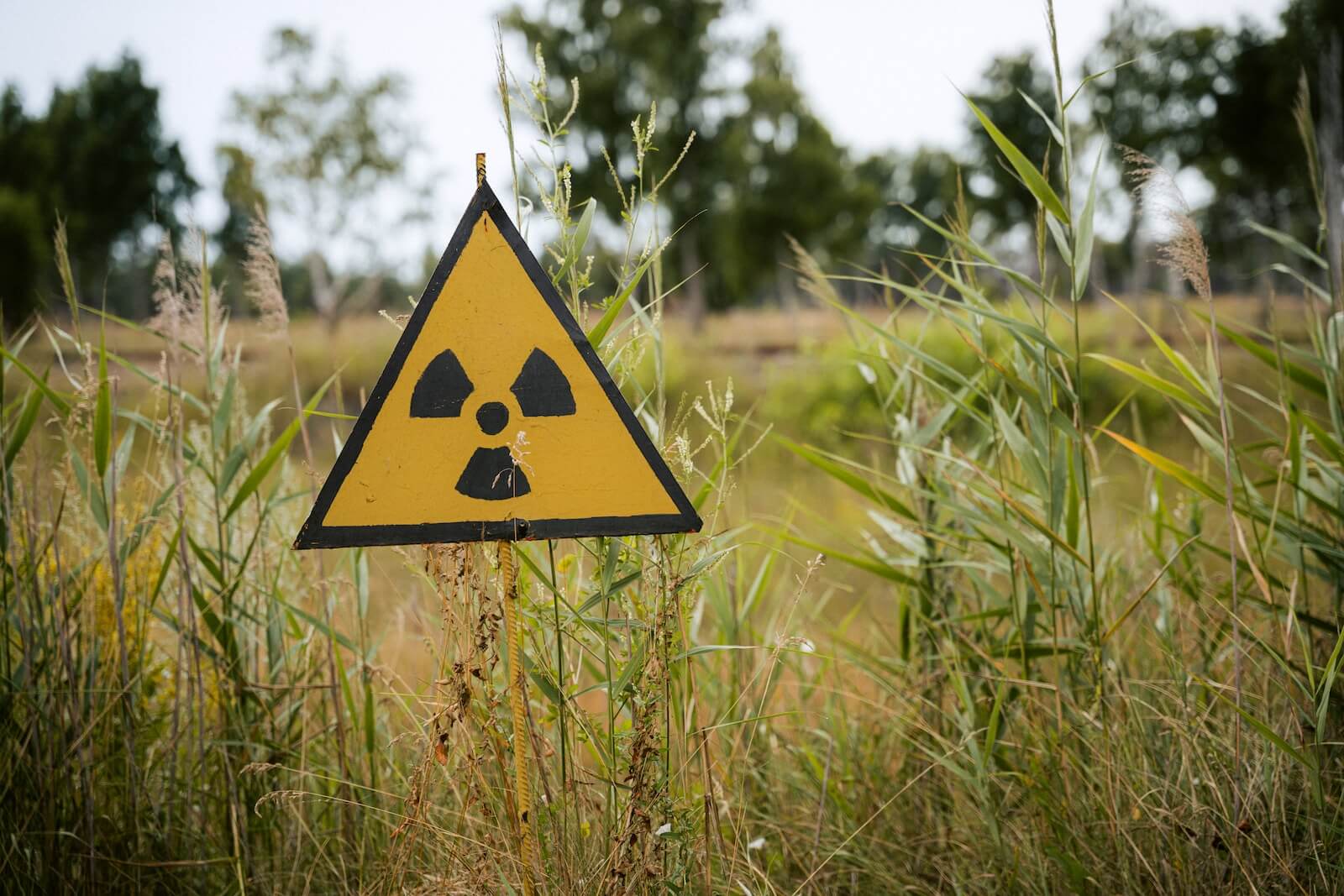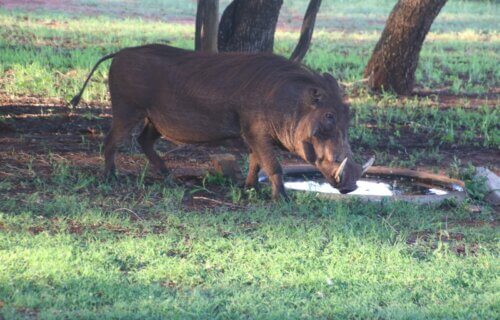HANNOVER, Germany — Radioactive wild boars in Bavaria are too contaminated to eat, as some have been found to have 25 times the safe levels of radiation, according to a new study. It was previously thought that the Chernobyl nuclear accident was primarily responsible for the contamination, but the study indicates that nuclear tests conducted 60 to 80 years ago have contributed significantly to the ongoing contamination.
These shaggy-haired, tusked pigs roam freely in the forests of Germany and Austria. However, because they forage for truffles and other food in polluted soil, their radiation levels remain high. In comparison, other animals affected by the Chernobyl disaster have much lower radiation levels than the pigs, whose radioactive cesium levels make their meat unsafe for consumption.
Radioactive cesium is a byproduct of nuclear explosions and nuclear energy production. It poses a risk to public health when it enters the environment. Europe experienced a significant amount of radioactive cesium contamination following the Chernobyl power plant accident in 1986, 37 years ago.
While cesium-137 levels have declined in most game animals since then, the contamination levels in wild pigs have remained relatively stable. This has resulted in their meat consistently exceeding regulatory limits for consumption, leading to a decrease in hunting and an overpopulation of animals in Europe.
Researchers from the Technische University in Austria and Leibniz University in Germany investigated why the radioactive levels in the wild boars have not decreased. They discovered that the pigs still had high levels of cesium-135, a longer-lived isotope produced during nuclear fission.
The research team collaborated with hunters to collect wild boar meat from across Southern Germany and then measured the cesium-137 levels using a gamma-ray detector. To identify the source of the radioactivity, the team compared the amounts of cesium-135 and cesium-137 using a sophisticated mass spectrometer. A high ratio indicates nuclear weapons explosions, while a low ratio implicates nuclear reactors.

The study found that 88 percent of the 48 meat samples exceeded German regulatory limits for radioactive cesium in food. For the samples with elevated levels, the researchers calculated the ratios of caesium-135 to cesium-137 and found that nuclear weapons testing contributed between 10 and 68 percent of the contamination. In some samples, the cesium from weapons testing alone exceeded regulatory limits.
Study author Dr. Georg Steinhauser from Technische University notes that some samples collected between 2019 and 2021 exceeded regulatory limits by up to 25 times.
“The mid-20th century weapons tests were an underappreciated source of radioactive cesium to German soil, which was also unevenly impacted by the Chernobyl accident,” the researchers note in a media release. “Contamination from both sources have been taken up by the wild boars’ food, such as underground truffles, contributing to their persistent radioactivity.”
Steinhauser adds that all samples exhibited a mix of Chernobyl and nuclear weapons fallout signatures.
“Although Chornobyl has been widely believed to be the prime source of 137Cs in wild boars, we find that ‘old’ 137Cs from weapons fallout significantly contributes to the total level (10–68%) in those specimens that exceeded the regulatory limit,” researchers write in the journal Environmental Science & Technology.
“Our findings demonstrate that the superposition of older and newer legacies of 137Cs can vastly surpass the impact of any singular yet dominant source and thus highlight the critical role of historical releases of 137Cs in current environmental pollution challenges.”
The researchers warned that future nuclear accidents or explosions could exacerbate the contamination of these animals, potentially impacting food safety for decades, as demonstrated by this study.
“With the intensifying war between Ukraine and Russia, much concern has been expressed about the terrible consequences of a nuclear war or a combat-triggered nuclear accident,” the study authors explain in their study.
“Although the weapons-137Cs has resided in the environment for at least 60 years (i.e., two physical half-lives of 137Cs) and its contribution as a pollutant of central Europe has generally been regarded as negligible compared to that of Chornobyl, our work provides the forensic evidence showing that this underestimated 137Cs legacy can accumulate in certain environmental media along with more recent reactor-137Cs releases.”
The team concludes that both contributors form an intense 137Cs source that exceeds the contribution from any singular, yet dominant source in the area, like Chernobyl in the case of Bavaria. This mixed source is the main supplier to wild boars in the winter season and, in turn, the main reason for the persistent 137Cs contamination in Bavarian wild boars.
South West News Service writer Jim Leffman contributed to this report.

